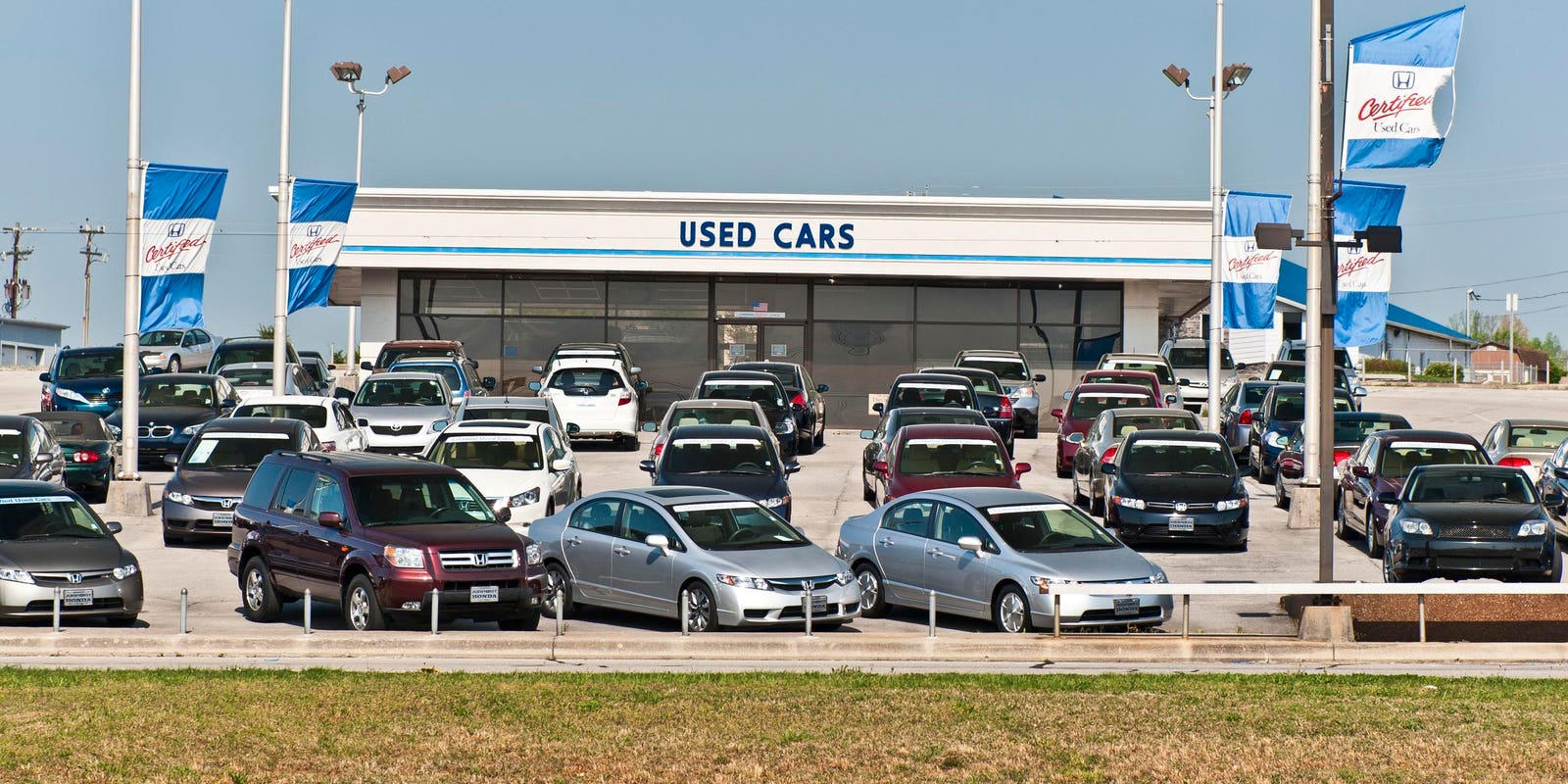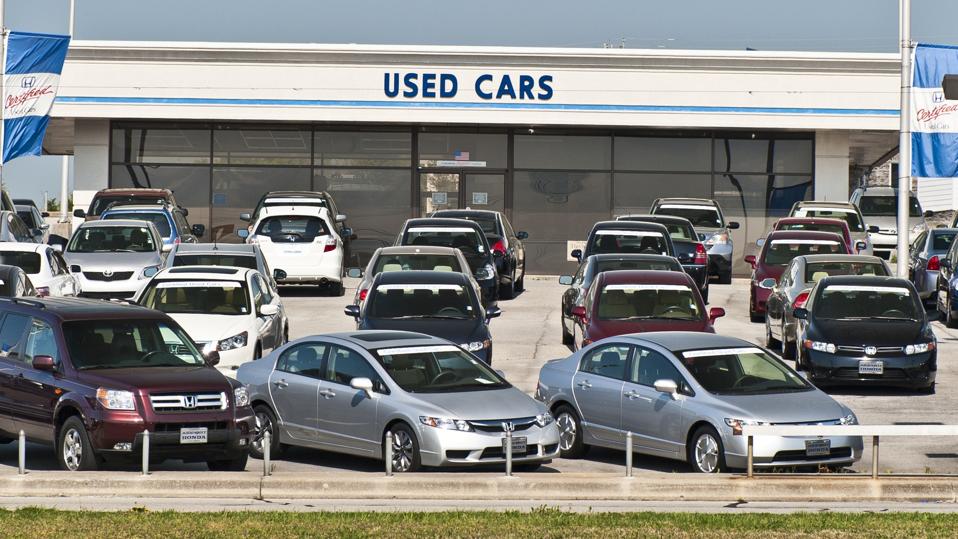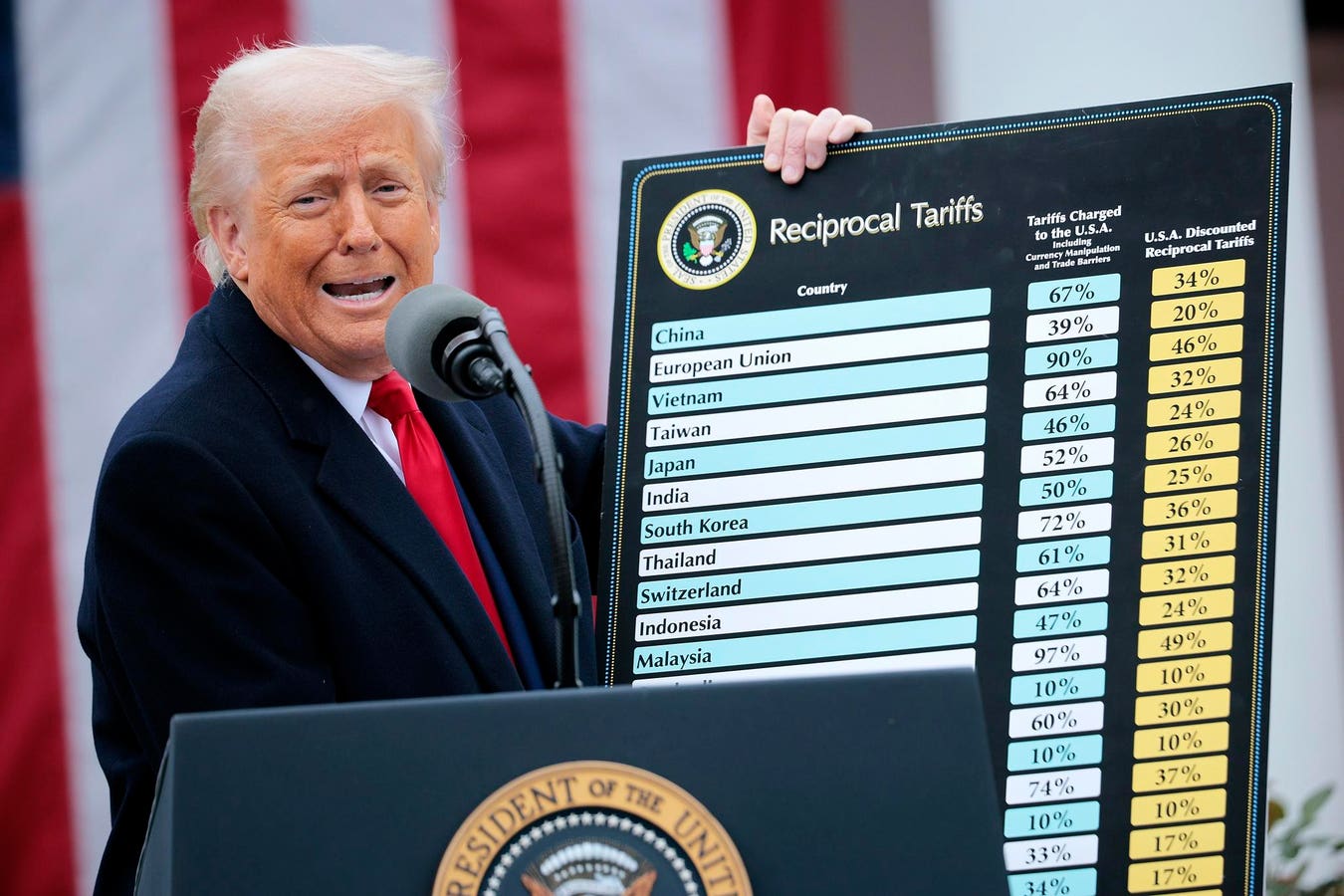Pre-owned rides at affordable prices are becoming difficult to find, leaving cash-strapped buyers in … More
It’s a familiar rite of passage for a freshly-licensed teen to buy (or be given) an inexpensive used model as his or her first car.
Unfortunately for those coming of age these days, good-quality used cars priced at under $20,000 are becoming increasingly rare commodities.
Affordability issues in the auto business can be traced to the pandemic era, when factory shutdowns and supply chain shortages caused a shortage of new vehicles on dealers’ lots which, in turn, sent shoppers to the pre-owned end of the lot. The added demand combined with limited supplies because of fewer trade-ins caused the prices of used cars to skyrocket.
Prices have somewhat stabilized of late, but with new-vehicle transaction prices now averaging $48,907 (according to Kelley Blue Book), a significant number of shoppers are still turning to older cars out of financial necessity, but are finding few bargains.
In fact, a recent study of over 2.6 million 3-year-old used cars conducted by the online vehicle marketplace iSeeCars.com shows that while sub-$20,000 models made up more than half of the market in 2019, in 2025 they account for just 11.5%. Prices have trended upward to the extent that the $20,000 to $30,000 segment now accounts for 43% of the late-model market.
The average three-year-old used car now goes for a whopping $32,645, according to the website, which represents a $9,476 increase since COVID-19 first struck. While in 2019 42% of used Honda CR-V and Toyota RAV4 compact SUVs on the market cost less than $20,000, the website’s statisticians say that number today is practically zero.
It’s the same story with pre-owned versions of popular models that include the Chevrolet Equinox, Honda Civic, Kia Sportage, Nissan Rogue, Toyota Camry, and Toyota Corolla.
And with the average vehicle ownership period reportedly reaching eight years, according to the insurance site TheZebra.com, there’s a dearth of older “beater” cars on the market to accommodate cash-strapped shoppers.
“The pandemic may be a fading memory, but the lack of new car production five years ago has created a ‘pandemic hangover’ effect for today’s used car market,” says iSeeCars Executive Analyst Karl Brauer. “Many car buyers are now priced out of late-model used cars, forcing them to consider older models with more miles to fit within their budget.”
Just as the numbers of new sedans in dealers’ showrooms have dwindled in recent years, prices of pre-owned passenger-cars have been skyrocketing. In 2019 models like the Honda Civic and Accord and the Toyota Camry and Corolla – all of which remain in production – accounted for 70% of three-year old used-vehicle market, but data shows it’s dropped to 28.1%. That’s a 60.2% dip. Average prices in this segment have jumped from $19,734 in 2019 to $29,343 in 2025, which can at least in part be attributed to fewer new cars on the market in recent years
With regard to other model segments, the number of three-year-old SUVs going for under $20,000 dropped from 39.2% to a mere 8.1% since 2019, iSeeCars says, and the average transaction price has gone from $31,649 to $36,509. Added new-SUV sales and a greater number of subsequent trade-ins could be one reason the price jump is tempered somewhat.
Used late-model truck prices split the difference with a 28.8% boost since 2019, going from an average $21,627 to $40,731.
According to iSeeCars the U.S. cities in which the lowest percentage of three-year-old used vehicles still sell for under-$20,000 are Boston, MA (6.5%), Minneapolis-St. Paul, MN (6.7%), Hartford, CT (8.9%), Austin, TX (8.5%) and Philadelphia, PA (9.0%).
Used Cars, Trucks and SUVs With The Steepest Price Increases
These are the 15 most-popular three-year-old pre-owned vehicles iSeeCars’ study determined have experienced the heftiest average price boosts since 2019:
- Nissan Sentra: $12,504-$18,224 (+45.7%)
- Honda Civic: $16,472-$23,813 (+44.6%)
- Toyota Camry: $16,556-$23,755 (+43.5%)
- Toyota Corolla: $14,369-$19,792 (+37.7%)
- GMC Sierra 1500: $33,567-$46,132 (+37.4%)
- Toyota RAV4: $20,801-$28,431 (+36.7%)
- Honda CR-V: $20,770-$28,318 (+36.3%)
- Ford F-150: $31,489-$42,663 (+35.5%)
- Subaru Forester: $20,669-$27,859 (+34.8%)
- Nissan Rogue: $17,792-$23,971 (+34.7%)
- Chevrolet Silverado 1500: $29,957-$40,253 (+34.4%)
- Chevrolet Equinox: $17,440-$22,228 (+27.5%)
- Kia Sportage: $16,348-$20,584 (+25.9%)
- Jeep Grand Cherokee: $28,174-$34,962 (+24.1%)
- Chevrolet Trax: $14,943-$18,459 (+23.5%)
Source: iSeeCars.com; you can read the full report here.









